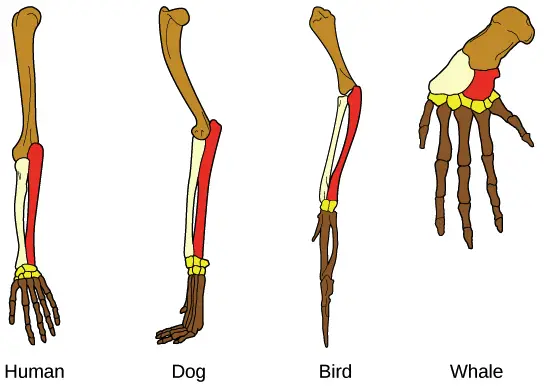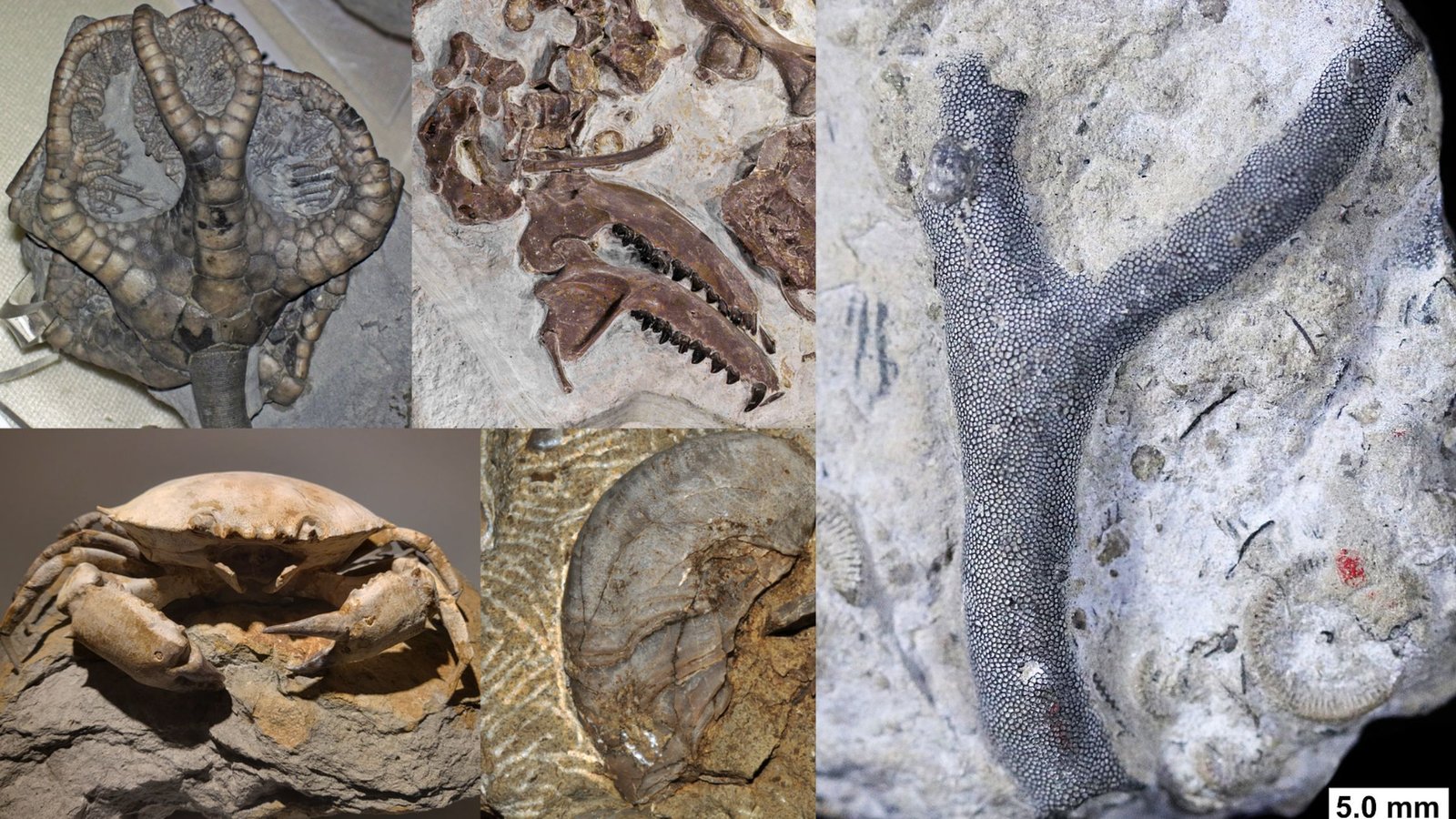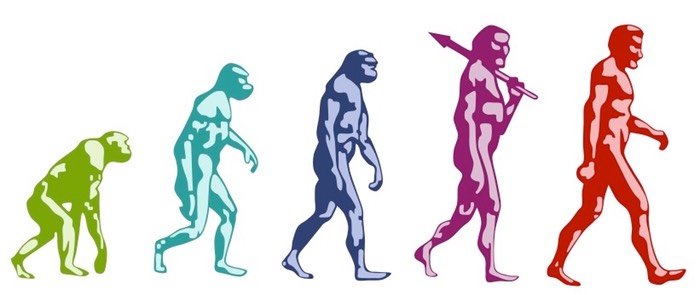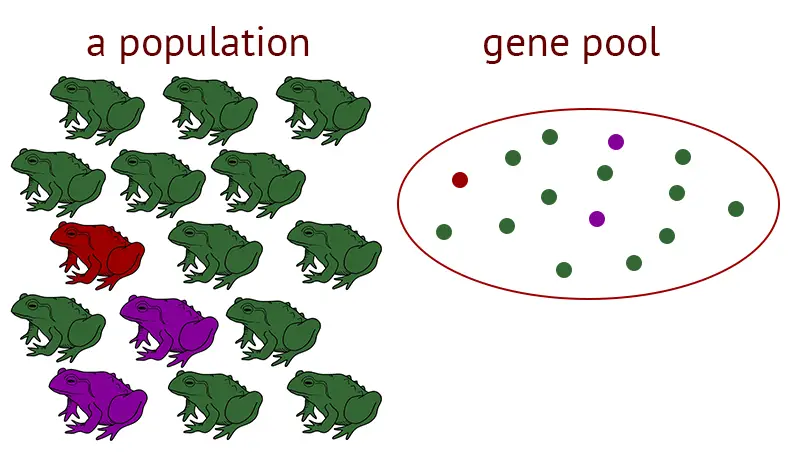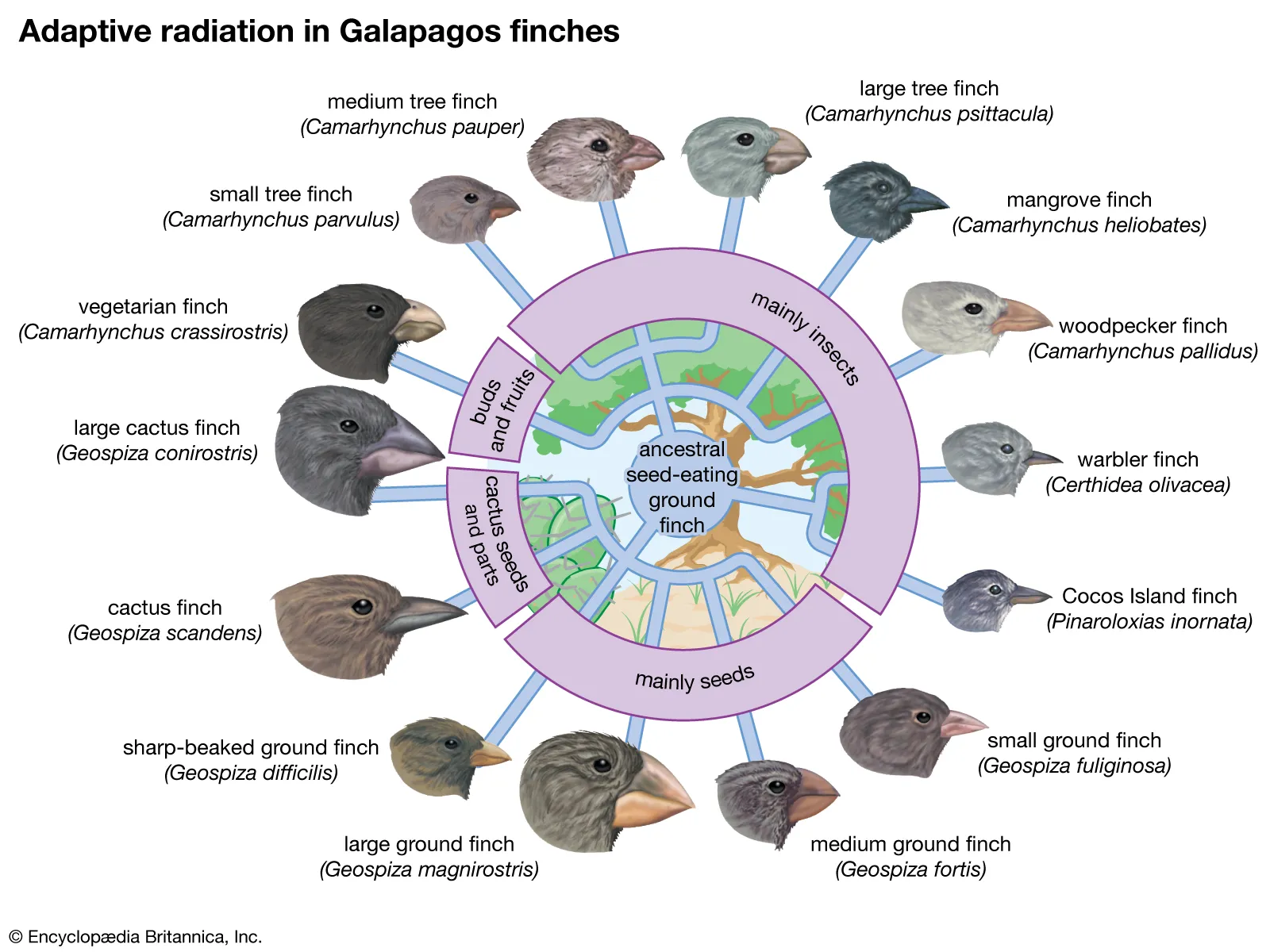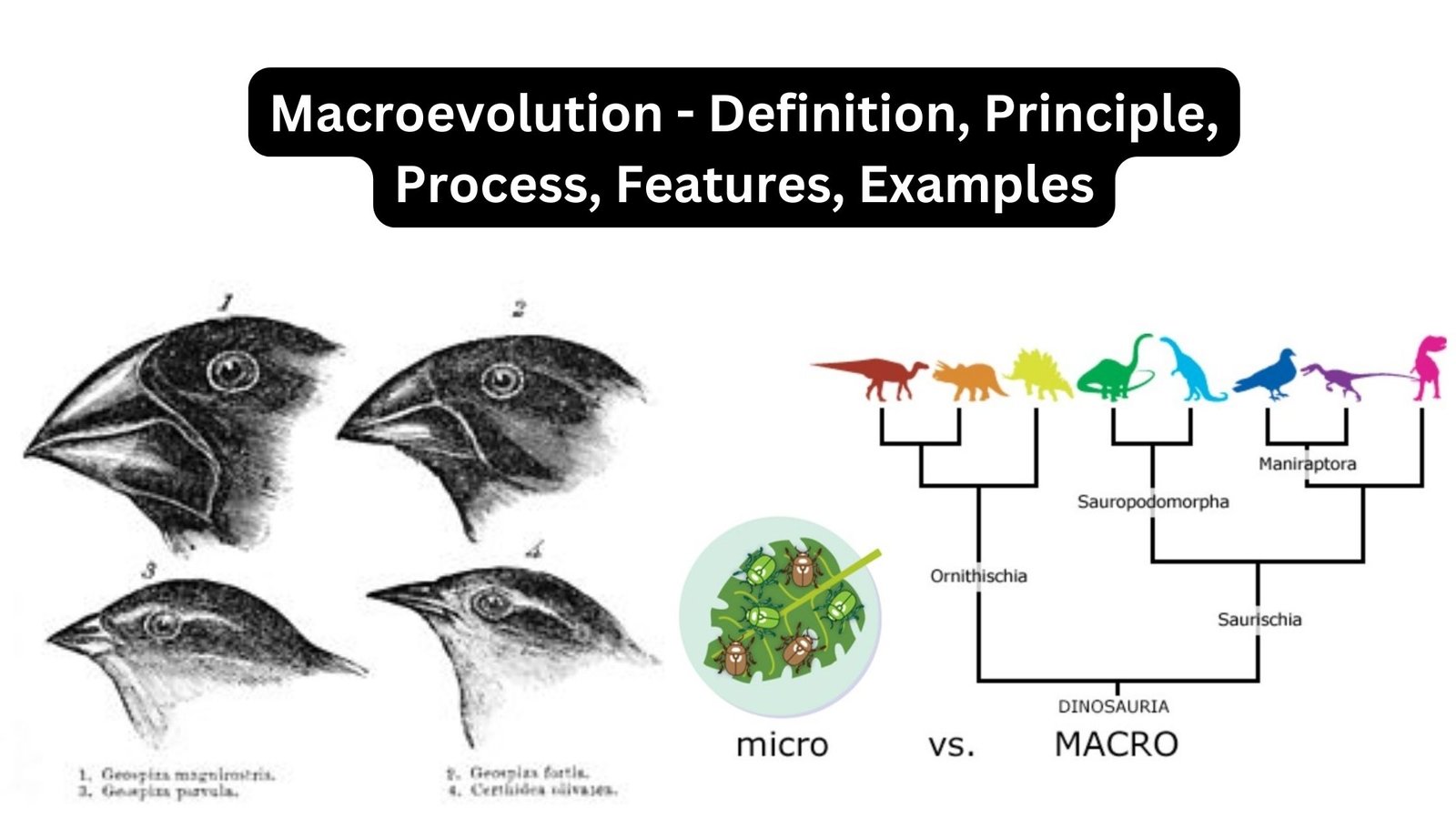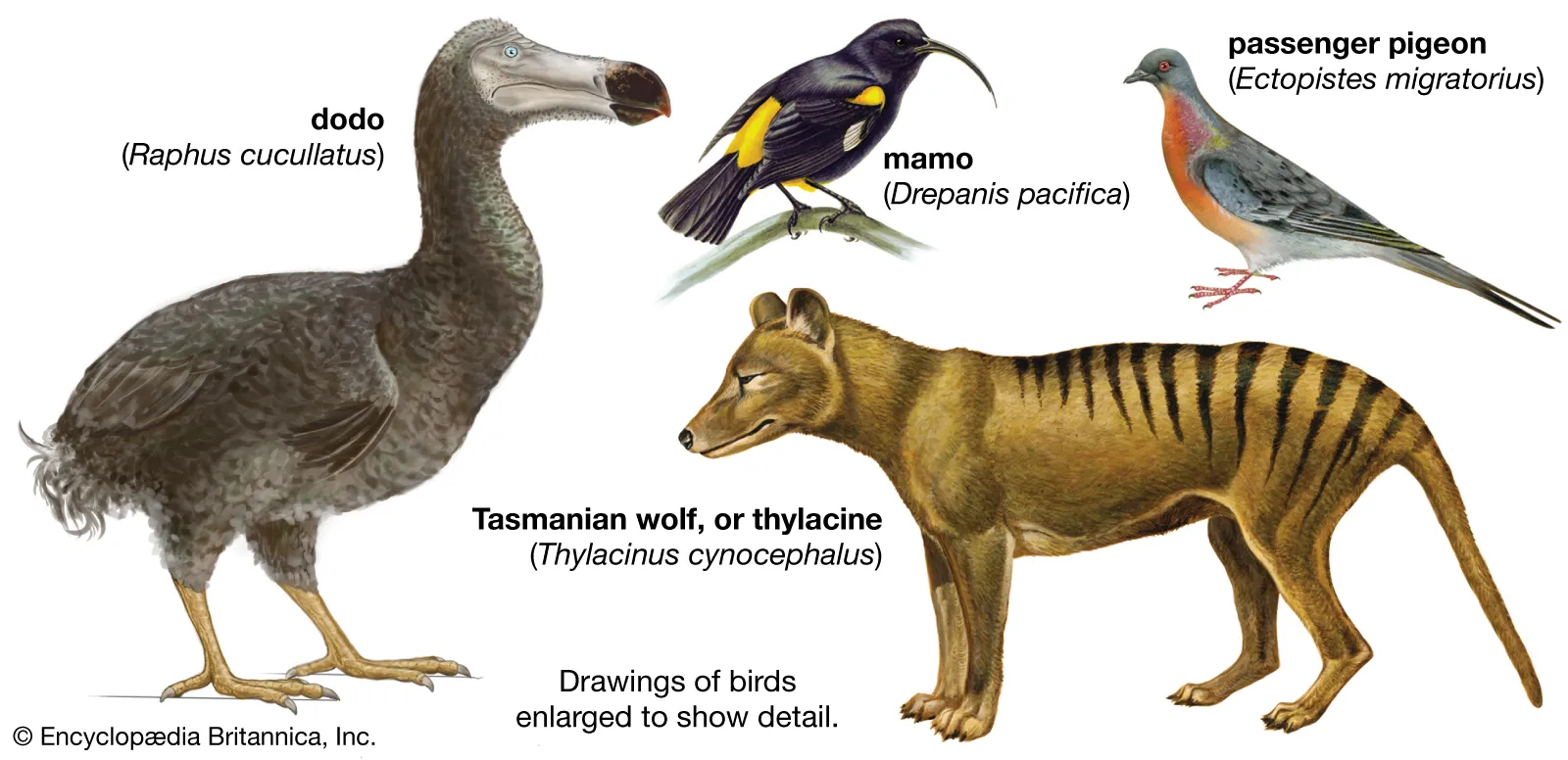Sexual Behaviour – Definition, Types, Factors
What is Sexual Behaviour? Factors Affecting Sexual Behaviors Sexual behavior in organisms, including humans, is influenced by a variety of factors. These factors can be broadly categorized into biological, environmental, psychological, and social influences. Here are some key factors that can affect sexual behaviors: It is important to note that these factors interact and vary … Read more

